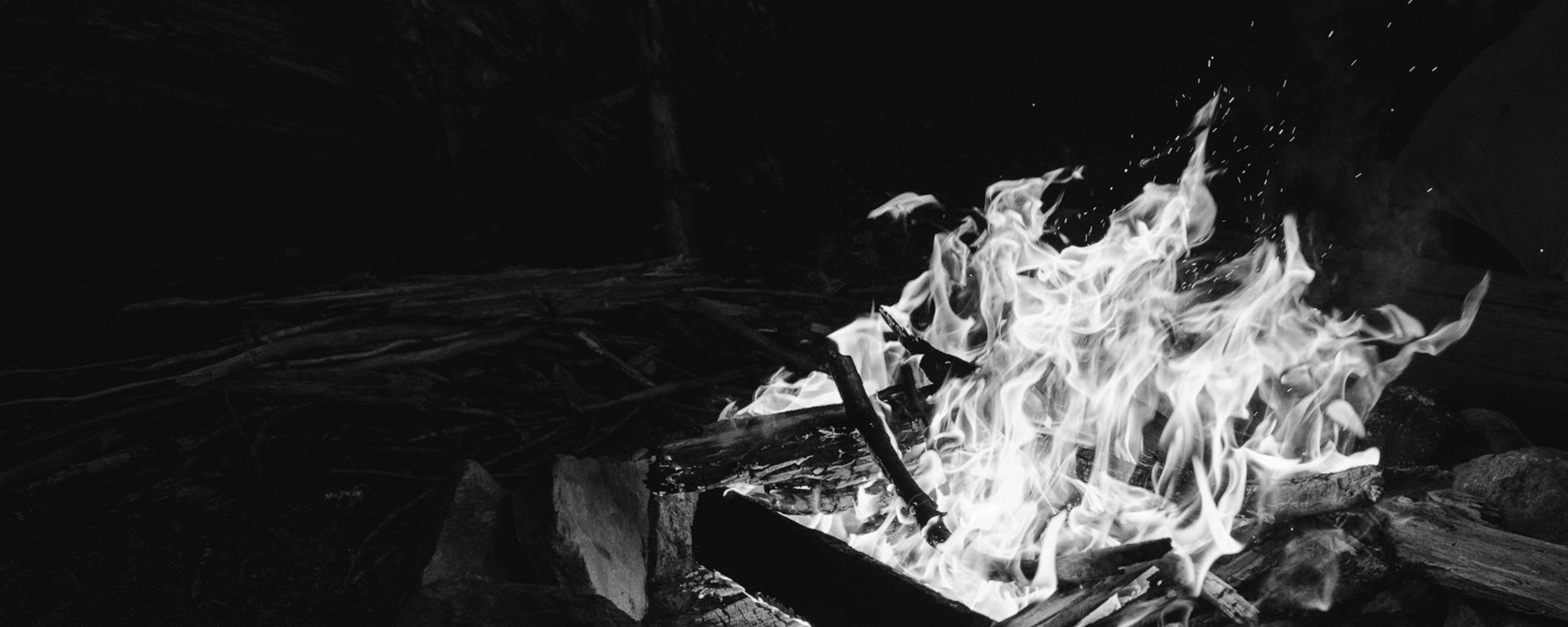06 Nov Why You, Me, and The Little Old Lady Next Door Should Squat

Squats are foundational. You can squat. I can squat. A toddler can squat and a 90 year-old Chinese woman can squat.
It’s a basic movement of every able bodied Homo Sapien yet as a result of our chronic seat-centric world we are losing the ability. I mean, can you get Asian squat low? Training squats can help build strong, injury-proofed athletic bodies and get you ready for life’s adventures. Carrying a toddler? No problem. Groceries to haul? One trip. Hovering over a public toilet seat trying not to touch? You’ve got this.
‘How does it help’ you may shout from the rooftops? Let me tell you;
Posture
Let’s start here. Sitting at your desk at work, driving, and binge watching Netflix on the couch, these all lead to shortened hip flexors and poor circulation throughout your joint system as they’re in a constricted position for the majority of the day. Standing with shortened hip flexors lead to a forward tilt (called an anterior tilt) in the pelvis, which also leads to lower back pain. When we work to improve our core strength (a by-product of full body weight bearing exercises like squats) and lower limbs, our posture improves too. A benefit of good posture is you’ll look taller, stronger, more confident and? You’ll make your mum smile.
Mobility
Restricted hip mobility causes lower back pain and knee problems too. The more mobile your hips are, the more you can tap into your strength, power and flexibility without restriction. Dynamic movement which enables blood flow and circulation to areas such as hips increases your mobility and range of motion. This results in significant posterior chain development, soft tissue elasticity and strength within the tendons and ligaments. Mobility can elevate everyday aches and pains and also increases body awareness.
Injury prevention
There is nothing unsexier than a bad back. Squatting can keep you too-sexy-for-your-shirt. Squats help us prevent injuries by strengthening the surrounding ligaments, connective tissues and stabiliser muscles around your hip joints and even down through your legs. If you’re already training at Joe’s you most likely started with an assessment, one of those movements assessed was your squat. That’s because it’s a great tool in assessing movement limitations and imbalances in the hips, hamstrings, knees and ankles. Work on getting your squat right and you’re halfway there. Injury prevention keeps you on track for your training goals and has you spending less time out of action feeling sorry for yourself.
Build muscle. Burn Cals
All three of your butts are built when training squats. Gluteus maximus, medius and minimus are all employed when dipping low and all three play a part in power production. Also the quads (vastus medialis, vastus lateralis, vastus intermedius, and rectus femoris) get utilised when squatting. They support leg extension, knee stability and play a large role in our first few steps of speed development. Hello all you runners out there. When you squat you strengthen and tone your powerhouse muscle. Your butt. And big butts don’t lie.
Interested in learning more about squatting and improving your technique? Our resident squat guru Matt Reid will be hosting Squatology: The Science of Squat Workshop on Saturday the 23rd November 2019. Sign up and learn or polish your squat game!
Visit here for all the details.
Written by superb Basecamp writer Steph Quirk



No Comments